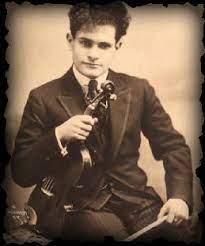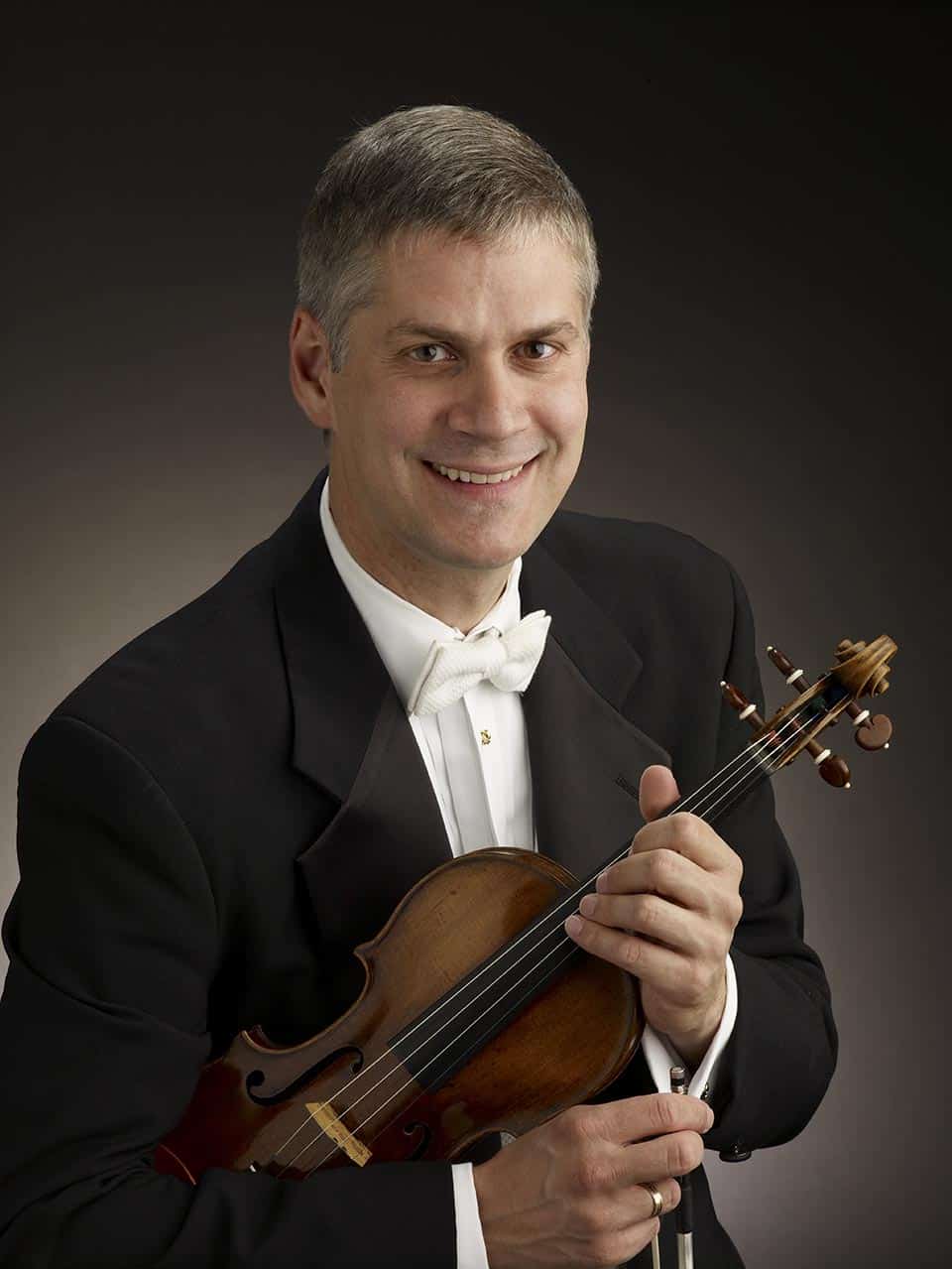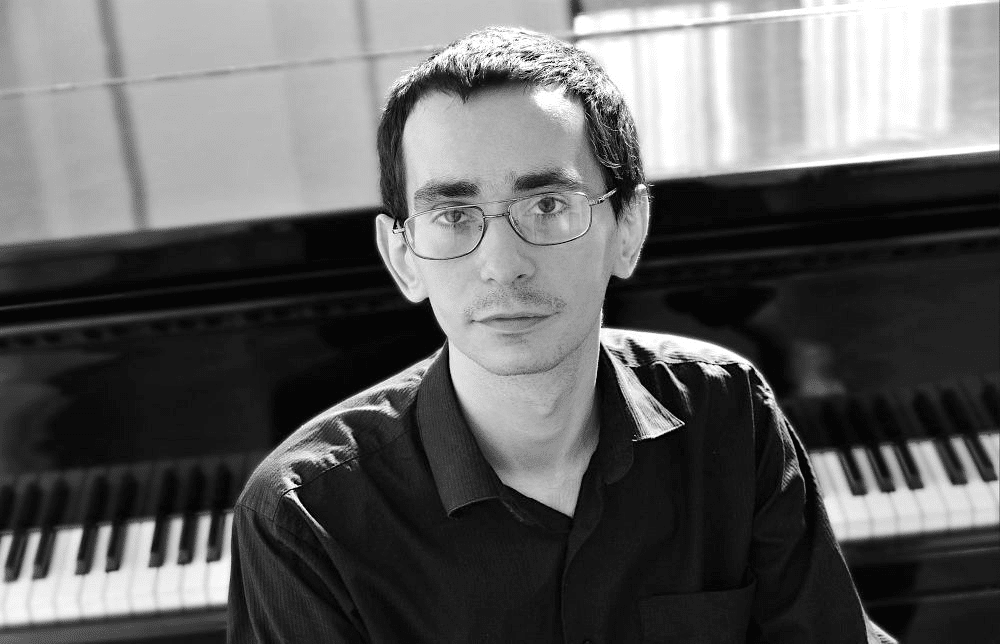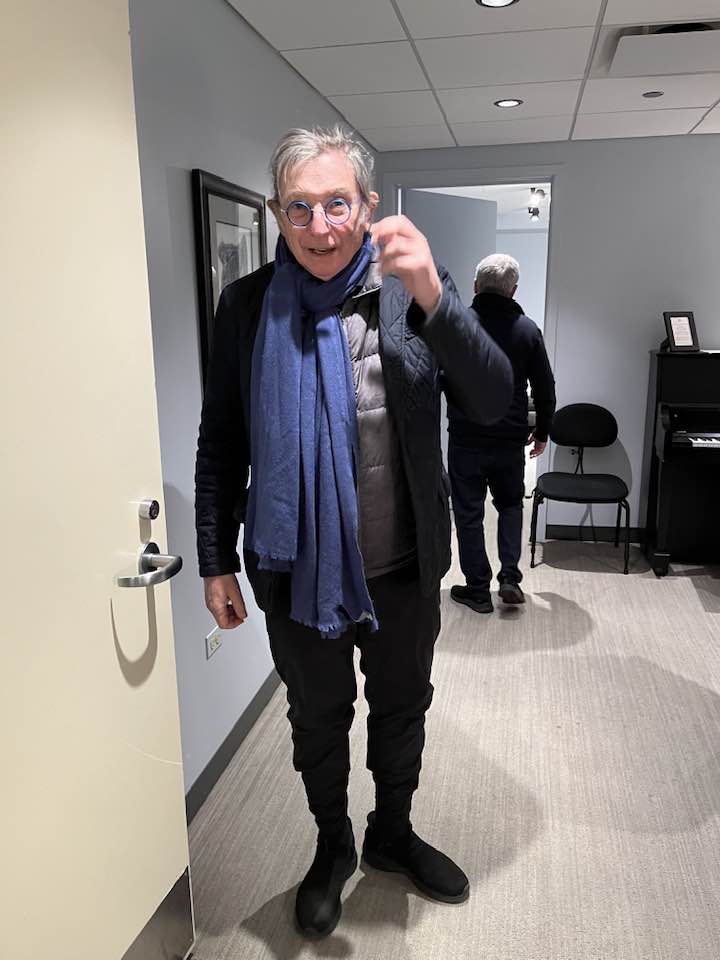One legendary Strad for sale
NewsThe 1714 Stradivarius ‘Da Vinci’ violin that was once owned by Toscha Seidel is coming up for auction in June.
Seidl bought it for $25,000 in 1924 and said he wouldn’t part with it for a million bucks.
At his death in 1962 it was sold to to Muriel Rubin, a violinist from Toronto who settled in Los Angeles. She sold it in 1974 at Sotheby’s for £34,000. In 2007 it came into the hands of Tokuji Munetsugu, a fast-food chain owner of Nagoya, Japan. He loaned it out to winners of the Munetsugu Angel Violin Competition.
It is now back on the block.
Name your price.






Forgotten now by all but the most dedicated violin mavens, Seidel was a superb violinist. He was an Auer student alongside Heifetz and Milstein.
Rather than having the career of a classical soloist, he established himself as one of the foremost musicians in Hollywood studio orchestras.
Somewhere in my collection (partially in storage) there is a Biddulph CD which shows off his considerable artistry.
I hope his fiddle is put into deserving hands!
Get a load of Toscha playing “Much Ado About Nothing” with Korngold on YouTube!!!
Tosha Seidel went into farming, was growing avocado. As farmer was less successful than violinist.
But why is it called “Da Vinci”?
Explained on the auction house website. Fascinating. https://tarisio.com/cozio-archive/cozio-carteggio/how-the-da-vinci-got-its-name/
Very interesting.
Because auctioners wanted to suggest that it had been played by Leonardo.
My price:ZERO euro.
Various studies (in SD as well) showed that these violins did compare with the modern ones.
Hardly noone could identify them when played in hidden room!
So much ado about nothing.
It is quite possible, maybe likely, that I could not identify much less prefer, a Strad, Amati, or del Gesu to a very good violin made by a lesser name or good “modern” maker when listening from another room. But that’s not the half of what makes them so valued. Have you ever played, even briefly, on a truly fine instrument? The evenness of scales and arpeggios, the quickness to speak, the response to bow pressure and speed — those all have a huge impact on the choices violinists make about how to play, and have a big role in choices and options and overall interpretation. What the listeners think is not the only point. Only the person with their chin on chinrest can make this call. And they are still voting for the great names, although there are to be sure less expensive (but NOT inexpensive) violins that are also marvelous to play and sound great.
Seidel was remarkable and the Biddulph CD referred to is highly treasured. My father told me Seidel used to have his own radio program which was not to be missed. When they were boys, Seidel and Heifetz were known for their performances of the Bach “Double” Concerto and it is said it was a duet of angel and devil. Heifetz was the angel. Seidel’s smoldering tone and style made him the devil.
I do not know how it acquired the name “da Vinci” but I suspect it was simply to name it after an exalted personage (since “The Messiah” was already taken as a Strad name).
There was a Christ double bass in the second half of the 19th century but it got under a train while on tour. The Napoleon viola that De Sarasate occasionally played when he took part in a quintet, got destroyed when he had a physical fight with a violinist, during which he used the instrument as a weapon. Since then, he never played in quintet format again. The Hitler cello which had some popularity in the thirties of the last century, suddenly lost all value after 1945 and has disappeared since, although there are rumors that it actually popped-up as the beloved instrument of well-known cellist [redacted].
“The evenness of scales and arpeggios, the quickness to speak”: that’s the player’s fingers not the violin.
A great ancient fiddle can give a great player’s playing unique colors – if it’s a really good Strad or Guarneri. It won’t give him or her more precise scales or arpeggios. Also, there are plenty meh Strads.
The most reliable thing a Strad will do for a soloist is give him that precious byline: “X is playing on a 1714 Strad, ‘Da Vinci’, from the Golden Period”. Even if you leave the actual Strad at home and play on a modern, carefully antiqued copy, the audience will enjoy the music MUCH more.
Have you tried sitting on one?
I’ve read of people who can tell an authentic Louis XIV chair from a copy by sitting on it.
There’s a discussion going-on here sometimes when there are visitors, whether the chaise logue in the waiting room is louis XIV or XV and people try them out by sitting at different ends, but I would bet it’s XIV 1/2.
These guests are classical music snobs, of course.
Sally
I bet you’ve ‘read’ about people like that. You are aware that doesn’t mean anything? That’s really the entire problem with the Strad issue: people just echoing unsupported non-evidentiary statements.
BTW there was this ponytailed crossover violinist who went and accidentally sat on his Strad, and he said it was unlike any other instrument.
Fan: “Your violin sounds fantastic!” “I don’t hear anything” (Heifetz, putting his ear on his Strad….)
Oh, well said, that man!!
“The boy (Jascha Heifetz) was one of those in a group of young Jewish violinists who later startled the world. The others would include Mischa Elman, Tosha Seidel, Efrem Zimbalist and Nathan Milstein.” —New York Times by Harold Schonberg, Published: December 12, 1987″
Maybe too much is made of the violin and not enough about the violinist.
Yes, indeed.
I have reason to believe Arnold Sukonick, Seidl’s favorite pupil in Los Angeles borrowed that Strad when he participated in the 1962 Tchaikovsky Competition. He was concerned about the delicacy of his own instrument and Seidl would often allow him to play it when he took lessons and occasionally in local competitions.